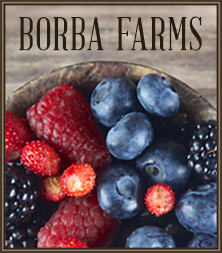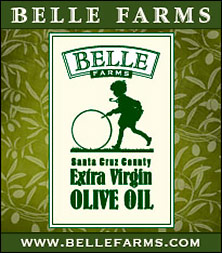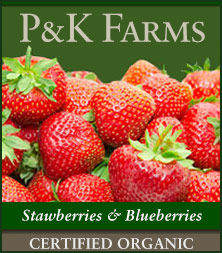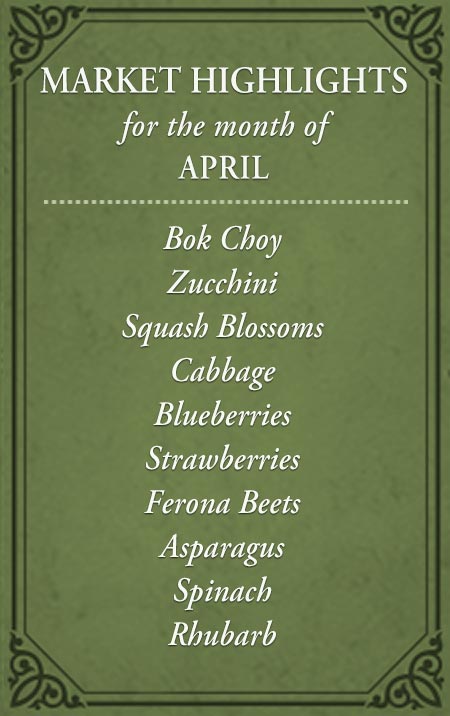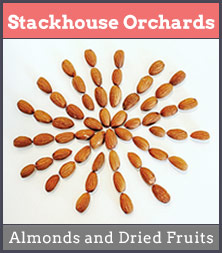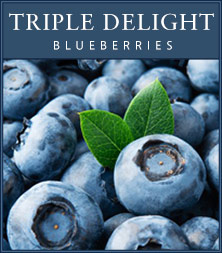Salt is the most essential seasoning in the kitchen — the quiet workhorse that makes flavors come alive. Without it, food tastes flat and uninspired; with it, flavors are heightened and balanced. Yet not all salts are the same. Walk down a grocery aisle today and you’ll find a dazzling variety: the trusty blue canister of Morton table salt, flaky sea salt in a sleek box, delicate fleur de sel, pink Himalayan crystals, and even dramatic black lava salt. With so many choices, it can be tricky to know which salt to use — and when.
The truth is, all salt is chemically the same: sodium chloride (NaCl). What sets one salt apart from another is crystal size, texture, and trace minerals. These differences affect flavor perception, how salt dissolves, and even how it interacts with food. That’s why not all salts are interchangeable in recipes.
Table Salt
The salt most of us grew up with, sold under the Morton brand with the iconic umbrella girl, is finely milled and mined from underground deposits. Its tiny, uniform grains make it very dense, so a teaspoon of table salt contains more sodium chloride than a teaspoon of flaky salt.
To prevent clumping, anti-caking agents are added. Since the 1920s, many table salts have also been fortified with iodine to prevent goiter. While iodine is beneficial for health, some chefs avoid iodized salt, claiming it leaves a faint chemical aftertaste.
Table salt dissolves quickly and is widely used in both cooking and baking — especially when precise measurements matter.
Kosher Salt
Kosher salt is also mined, but during processing the crystals are raked into irregular, coarse flakes. Its name comes from its use in the koshering process, where salt draws blood from meat to meet Jewish dietary laws.
Because the crystals are larger and less dense than table salt, a teaspoon of kosher salt delivers less actual salt by weight. This makes it less “salty” per spoonful — and why recipes must be adjusted if substituting.
Chefs love kosher salt for its texture: the flakes cling well to meat and vegetables, making it easy to season evenly. Some brands also sell fine-grain kosher salt, which dissolves smoothly and is favored by bakers.
Why Chefs and Bakers Prefer Kosher Salt
- Texture and control – Larger, flaky grains are easy to pinch and sprinkle evenly by hand.
- Clean flavor – No additives like iodine or anti-caking agents, which can leave a chemical taste.
- Consistency – Clings well to meat and vegetables and seasons evenly.
- Versatility – Fine-grain versions disperse smoothly in batters and doughs.
In short, kosher salt gives professionals more precision, purity, and predictability — the three Ps of great seasoning.
Sea Salt
Sea salt is harvested by evaporating seawater, often by hand in traditional salt marshes. The result is a wide range of textures and mineral-rich flavors. Depending on where it’s harvested, sea salt can be bright white, gray, pink, or even red.
Familiar varieties include Celtic, Sicilian, Hawaiian, and French fleur de sel. Each carries a distinctive minerality tied to its place of origin. Large-flake salts such as English Maldon are prized as finishing salts, sprinkled on food just before serving to add a delicate crunch and burst of salinity.
Sea salts are more expensive than mined salts due to their labor-intensive production, but their unique flavors and textures make them popular for both savory dishes and desserts (think caramels sprinkled with a pinch of flakes).
Himalayan Salt
Mined from the ancient Khewra Salt Mine in Pakistan, Himalayan salt is instantly recognizable by its rosy hue, caused by trace minerals such as iron. It is chemically similar to table salt but carries a slightly different taste due to these mineral impurities.
Despite marketing claims, Himalayan salt doesn’t hold mystical health benefits. Still, it’s beautiful, flavorful, and works well as a finishing salt — or even as a dramatic serving block for grilled meats or chilled dishes.
Black Lava Salt
Striking and bold, black lava salt comes from Hawaii or Cyprus. It begins as sea salt but is blended with activated charcoal, giving it an inky color and earthy flavor. Because of its dramatic appearance, it’s almost always used as a finishing salt, sprinkled lightly just before serving.
Substituting Salts
Because salts vary in crystal size and density, they measure differently by volume. A teaspoon of table salt is not the same as a teaspoon of flaky Maldon.
To compare:
1 teaspoon table salt = 1 ½ teaspoons Morton kosher salt = 2 teaspoons Maldon sea salt
If substituting, add gradually and taste as you go. Remember — you can always add more salt, but you can’t take it out once it’s there.
How to Use Different Salts
- Table salt or fine sea salt → best for baking and most everyday cooking, where precise dissolving is important.
- Kosher salt → ideal for seasoning meat, poultry, and vegetables, thanks to its coarse texture and clean flavor.
- Flaky salts (Maldon, fleur de sel, specialty sea salts) → finishing salts, added just before serving for texture and a burst of flavor.
- Specialty salts (Himalayan, black lava, flavored salts) → best used as finishing touches for dramatic presentation.
Salting Meat
One of the most effective uses of salt is in preparing meat. When salt is applied, it first draws moisture to the surface, dissolves into it, then reabsorbs into the meat, creating a natural brine. This process seasons the meat deeply and keeps it juicy during cooking.
For best results: use about ¾ teaspoon kosher salt per 8-ounce steak or chop. Salt evenly, let rest for one hour uncovered on a rack, then cook as usual.
Cooking Vegetables with Salt
Salt does more than season vegetables: it influences texture, moisture, and color.
Blanching green beans or broccoli in salted water not only flavors them but stabilizes chlorophyll, helping them stay vibrantly green. Use 1 ½ teaspoons of salt per quart of water.
Sweating watery vegetables like cucumbers, zucchini, or eggplant with a light sprinkle of salt draws out excess liquid. This prevents soggy dishes and intensifies flavor. Toss with ½–1 teaspoon salt per pound, let rest in a colander for 30 minutes, then pat dry before cooking.
Salt may be simple, but understanding its varieties unlocks new ways to season, balance, and elevate food. From the precision of table salt in baking to the delicate crunch of Maldon flakes on a chocolate truffle, the right salt used in the right way can transform a dish from ordinary to exceptional.








